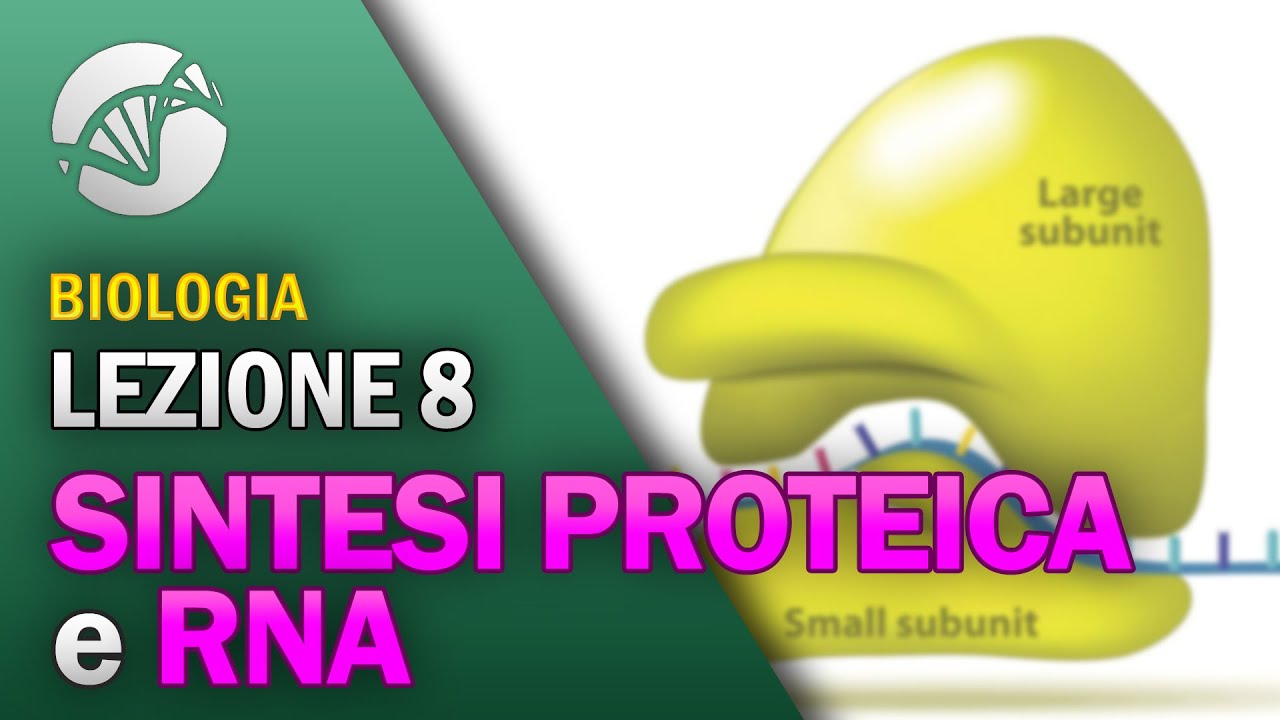SINTESIS POLIPEPTIDA ; Cara Tubuh Menghasilkan Protein
Summary
TLDRThis transcript explores the complex process of protein synthesis in the human body, highlighting the roles of amino acids, ribosomes, and DNA in creating proteins. It explains how proteins, made of amino acids, are formed through transcription and translation processes involving messenger RNA and transfer RNA. The transcript also touches on the two types of amino acids (essential and non-essential) and the central dogma of molecular biology. Additionally, it emphasizes the importance of gene expression regulation and how it influences the development and function of organisms, with a focus on maintaining health and safety.
Takeaways
- 😀 Protein is a macromolecule made up of smaller units called amino acids, and it functions as a building block for cells and tissues.
- 😀 Proteins are also known as polypeptides, as they consist of long chains of amino acids linked together.
- 😀 Ribosomes are the organelles responsible for protein synthesis in cells, either floating freely in the cytoplasm or attached to the endoplasmic reticulum.
- 😀 Amino acids are classified into two types: essential (which must be obtained from food) and non-essential (which can be synthesized by the body).
- 😀 The body can synthesize 11 out of 20 amino acids, while the remaining 9 are essential and must be consumed through diet.
- 😀 Protein synthesis begins with the process of transcription, where DNA is transcribed into messenger RNA (mRNA) inside the cell's nucleus.
- 😀 The mRNA is then translated into a polypeptide chain in the cytoplasm at the ribosome, with the help of transfer RNA (tRNA).
- 😀 The translation process involves decoding the mRNA into a sequence of amino acids, guided by codons on the mRNA and anticodons on the tRNA.
- 😀 There are 64 possible codons, which are combinations of the 4 nitrogenous bases in RNA, sufficient to encode the 20 amino acids.
- 😀 Gene expression is the process by which genetic information in DNA is used to produce functional products like proteins, which control the organism’s characteristics.
- 😀 Proper gene regulation is essential for development, adaptation, and evolution, as it determines when, where, and how genes are expressed.
Q & A
What is the role of protein in the human body?
-Proteins play a crucial role in the body as they are building blocks that help in constructing and repairing cells and tissues. They also serve as essential molecules for various bodily functions.
What are proteins made of?
-Proteins are macromolecules composed of smaller units called amino acids, also known as peptides. These amino acids form long chains, which are referred to as polypeptides.
What is the function of ribosomes in protein synthesis?
-Ribosomes are cellular organelles responsible for assembling proteins by linking amino acids together in the correct sequence during the process of translation.
How many types of amino acids are there, and how are they classified?
-There are 20 types of amino acids. They are classified into two categories: essential amino acids, which the body cannot synthesize and must be obtained from food, and non-essential amino acids, which the body can synthesize.
What are some examples of essential amino acids?
-Examples of essential amino acids include histidine, isoleucine, leucine, lysine, methionine, phenylalanine, threonine, tryptophan, and valine.
What is the process of protein synthesis?
-Protein synthesis involves two main stages: transcription and translation. Transcription occurs in the nucleus, where the DNA is used to create messenger RNA (mRNA). In translation, the mRNA is used to build a polypeptide chain at the ribosome.
What is the role of mRNA in protein synthesis?
-mRNA carries the genetic code from DNA in the nucleus to the ribosome, where it directs the assembly of amino acids into proteins during the translation process.
What is the difference between transcription and translation?
-Transcription is the process of creating mRNA from a DNA template, while translation is the process where the mRNA is used to assemble amino acids into a protein at the ribosome.
What is the central dogma of molecular biology?
-The central dogma of molecular biology describes the flow of genetic information: DNA is transcribed into RNA, which is then translated into a protein. This process is fundamental for gene expression.
How does gene regulation affect an organism's phenotype?
-Gene regulation controls when, where, and how much a gene is expressed, which ultimately influences the organism's phenotype, including traits and metabolic functions. This regulation is crucial for development, adaptability, and cellular differentiation.
Outlines

Cette section est réservée aux utilisateurs payants. Améliorez votre compte pour accéder à cette section.
Améliorer maintenantMindmap

Cette section est réservée aux utilisateurs payants. Améliorez votre compte pour accéder à cette section.
Améliorer maintenantKeywords

Cette section est réservée aux utilisateurs payants. Améliorez votre compte pour accéder à cette section.
Améliorer maintenantHighlights

Cette section est réservée aux utilisateurs payants. Améliorez votre compte pour accéder à cette section.
Améliorer maintenantTranscripts

Cette section est réservée aux utilisateurs payants. Améliorez votre compte pour accéder à cette section.
Améliorer maintenant5.0 / 5 (0 votes)






